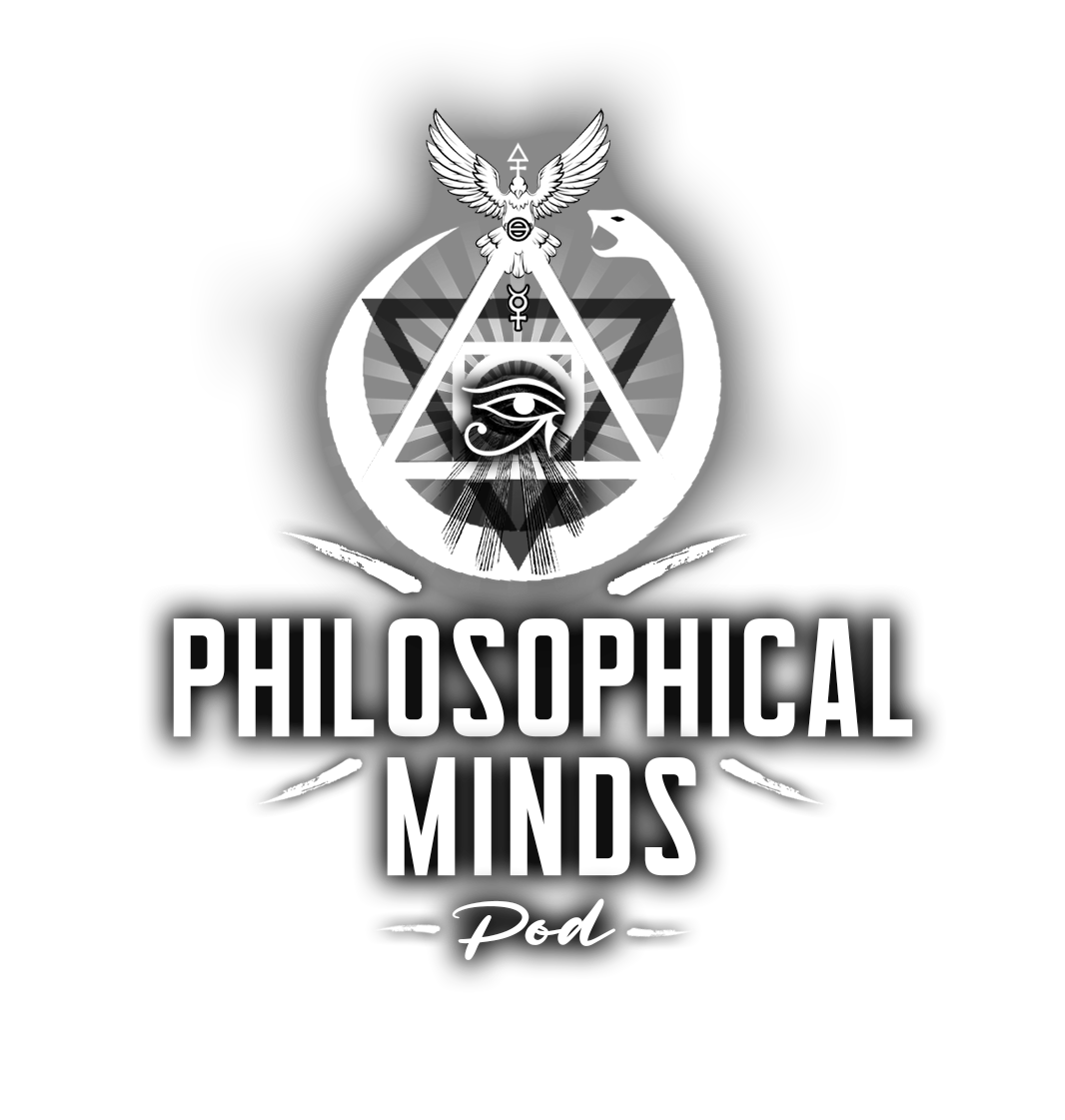The Dynamics of Elemental Equilibrium

In the grand tapestry of the cosmos, the ancients discerned a profound pattern: a dance of energies, subtle and potent, that underpins the manifest world. These energies, perceived as the four classical elements—earth, water, air, and fire—constitute the foundation of all that exists. To understand the dynamics of these elements is to grasp the fundamental principles that govern not only the external universe but the inner workings of the human soul.
The Four Pillars of Creation
The ancient philosophers did not view earth, water, air, and fire as mere physical substances, but rather as metaphysical principles or archetypes. These elements symbolize the essential qualities and processes that shape reality.
Earth:

represents solidity, stability, and endurance. It is the principle of materialization, the force that gives form and structure to the formless. In the human experience, earth corresponds to the physical body, the bones, and the grounding of spirit in matter.
Water:

symbolizes fluidity, adaptability, and emotion. It is the principle of cohesion, the force that binds and nurtures. Water is life-giving and life-sustaining, representing the emotional body and the currents of the subconscious mind.
Air:

signifies intellect, communication, and movement. It is the principle of exchange, the force that enables thought, speech, and breath. Air governs the mental body, the realm of ideas, logic, and the transmission of knowledge.
Fire:

embodies energy, transformation, and will. It is the principle of activity, the force of creation and destruction. Fire is the spark of life, the divine essence that animates the spirit and drives the will toward purpose.
These elements, while distinct, are not isolated from one another. Rather, they are in a perpetual state of interaction, influencing and transforming each other in a ceaseless cycle of birth, growth, decay, and rebirth.
The Law of Balance: The Quest for Equilibrium
The ancient alchemists and mystics taught that the key to spiritual and material success lies in achieving equilibrium among the four elements. This balance, however, is not a static state but a dynamic process—a continuous adjustment to the ever-changing forces within and around us.
Consider the metaphor of the scales: when the scales are perfectly balanced, they remain steady and true. But if one side becomes too heavy, the scales tip, leading to instability. Similarly, in the microcosm of the human being, an excess or deficiency of any element disrupts the harmony of the whole.
Excess Earth
leads to stagnation, materialism, and rigidity. The soul becomes overly concerned with the physical, losing sight of the spiritual and the mutable. To restore balance, one must introduce more air and fire—lightening the heaviness with intellectual curiosity and creative passion.
Excess Water
results in emotional overwhelm, indecisiveness, and a lack of direction. The individual may become too passive, swept away by the tides of feeling. Here, the grounding force of earth and the activating power of fire are needed to anchor the emotions and ignite the will.
Excess Air
brings about mental overactivity, detachment, and restlessness. The person may live too much in the realm of ideas, disconnected from the physical body and the emotions. To correct this imbalance, water must be added to cultivate empathy, and earth must be invoked to provide stability.
Excess Fire
manifests as aggression, impulsiveness, and burnout. The unbridled fire can consume the self, leaving destruction in its wake. To temper this fiery energy, water must be applied to soothe, and air must be used to direct the fire’s force constructively.
The true alchemist, therefore, is one who learns to observe the fluctuations of these elemental forces within themselves and in the world. Through disciplined practice, meditation, and self-reflection, they strive to harmonize the elements, creating a balanced inner landscape that reflects the greater harmony of the cosmos.
The Spiritual Significance of Elemental Equilibrium
Beyond the physical and psychological aspects, elemental equilibrium holds profound spiritual significance. The elements are not only forces of nature but are also symbolic of the stages of spiritual evolution.
Earth
represents the beginning of the spiritual journey, where the soul is grounded in the material world. Here, the task is to cultivate virtues like patience, endurance, and humility, preparing the foundation for higher pursuits.
Water
symbolizes purification and emotional growth. The soul learns to cleanse itself of impurities—resentment, fear, and attachment—allowing the heart to become a vessel of divine love and compassion.
Air
signifies the expansion of consciousness and the pursuit of knowledge. The soul transcends the limitations of the physical and emotional realms, engaging in the intellectual and spiritual exploration of the higher truths.
Fire
embodies the culmination of the spiritual path, the realization of the divine spark within. It is the stage of enlightenment, where the soul becomes one with the Source, radiating the light of wisdom, power, and love.
To achieve elemental equilibrium is to align oneself with the divine order, to become a microcosm reflecting the macrocosm. It is to walk the path of the sage, who understands that true power comes not from the dominance of one element over the others, but from their harmonious integration.
The Eternal Dance: Embracing the Dynamic Balance
In conclusion, elemental equilibrium is not a goal to be achieved once and for all, but an ongoing process of dynamic balance. It requires constant vigilance, self-awareness, and adaptability. The wise person knows that the elements will always be in flux, and thus, they cultivate the art of balance—navigating the shifting currents of life with grace and wisdom.
As we journey through life, let us remember the teachings of the ancients: that to master the elements within is to master the self. And in doing so, we not only attain personal harmony but also contribute to the greater harmony of the universe. For in the delicate balance of the elements, we find the key to the mysteries of existence and the path to the divine.
